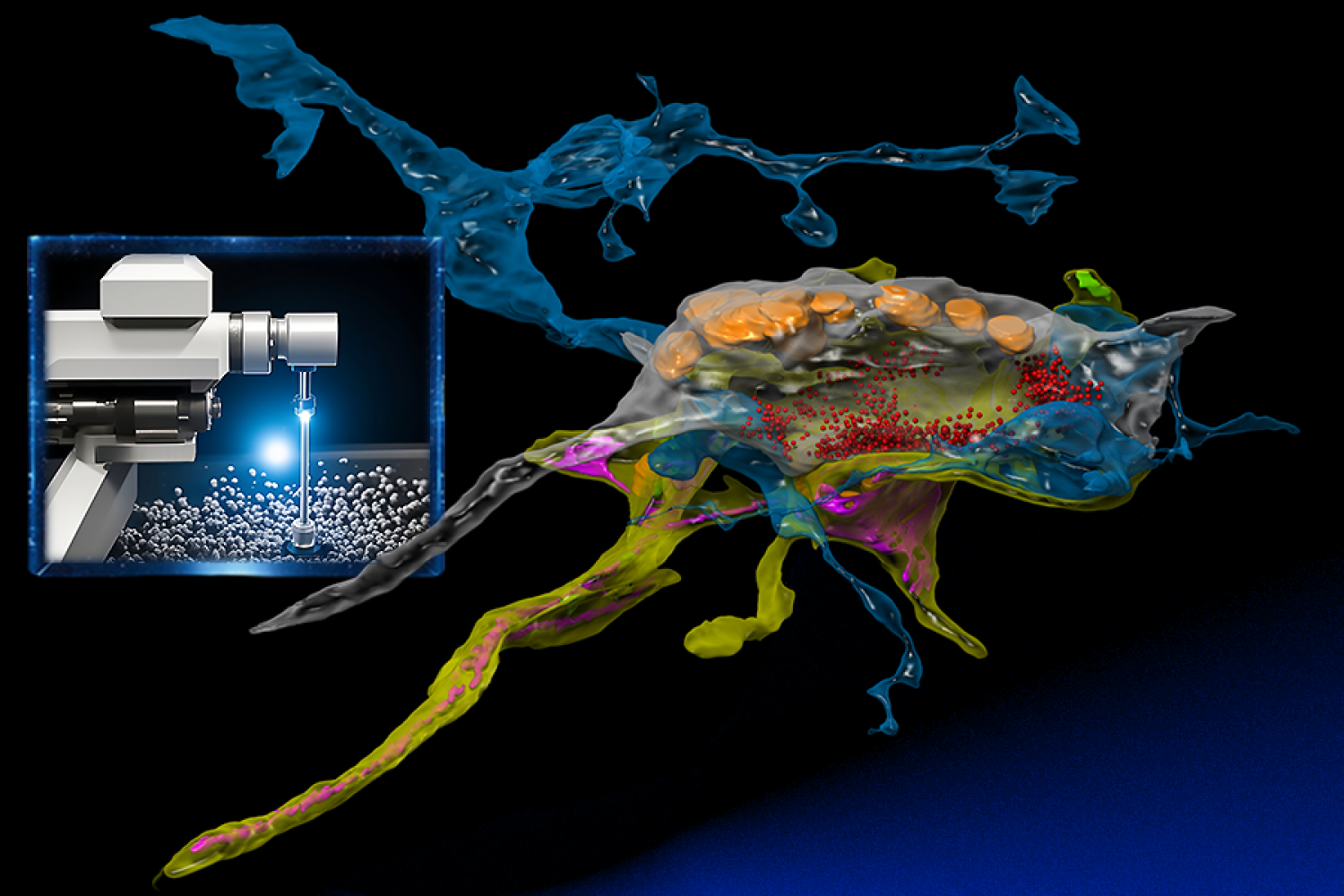Welcome to the exciting world of fast-food marketing that embraces the “think global, act local” philosophy! McDonald’s golden arches are a prime example of how to create a digital marketing strategy for fast food restaurants. This iconic brand has perfected the art of adapting its marketing approach to suit the unique tastes, preferences, and cultural intricacies of different global markets. By combining innovation, adaptability, and a deep understanding of local consumer behaviors, McDonald’s has crafted a dynamic and highly successful marketing strategy that captivates customers in hundreds of countries. From delicious McFlurries in Mumbai to the McCafé experiences in Paris, let’s explore how McDonald’s tailors its marketing strategy to resonate with the various communities it serves.
Back in 1948, the first McDonald’s restaurant opened in San Bernardino, California. Today, McDonald’s is one of the world’s leading food service companies, with over $43 billion in sales from more than 40,000 franchises globally. However, this success didn’t come solely from hard work. McDonald’s also implemented well-built marketing strategies for fast food restaurants. In the 1970s, the company launched the Happy Meal, which became one of its most outstanding achievements. This innovative concept, featuring meals suitable for children and a free toy, positioned McDonald’s as a top choice for kids worldwide. McDonald’s also pays close attention to localization in its primary strategy. For example, the company studied the preferences and menus of Indian customers and adjusted its offerings accordingly by eliminating beef, mutton, and pork burgers from the menu. McDonald’s marketing mix highlights how the company combines internationalization and globalization, setting it apart from other fast food chains.
To serve billions of customers each year, McDonald’s relies on an effective digital marketing strategy. The company’s marketing efforts focus on appealing to a wide range of customers, from young children to families and health-conscious consumers. McDonald’s uses a 3P target audience approach, utilizing demographic, psychographic, and behavioral data to create relevant audience segments for its products and services. The brand’s positioning revolves around convenience, affordability, and fun, making it a popular choice for families and friends worldwide. McDonald’s also invests in its digital marketing strategy, constantly evolving to keep up with the latest trends and technologies. The company utilizes various online channels and tactics, such as SEM, SEO, social media marketing, email marketing, and mobile marketing, to reach and engage its target audience.
In addition to its traditional marketing efforts, McDonald’s employs powerful branding tactics. The company offers branded merchandise, such as Christmas jumpers, notepads, and umbrellas, to create an emotional connection with customers. McDonald’s also collaborates with tech companies to enhance its digital capabilities. The partnership with Dynamic Yield Ltd., a decision intelligence technology startup, allows McDonald’s to personalize its digital menus, streamline drive-thru orders, and improve digital marketing campaigns. Moreover, McDonald’s incorporates pop culture references into its marketing strategy, generating buzz and connecting with its target audience. The company’s social media strategy plays a crucial role in its overall digital strategy, further highlighting the importance of food marketing agencies in the UK and beyond.
Overall, McDonald’s stands as a shining example of how to create a successful digital marketing strategy for fast food restaurants. By adapting to local markets, appealing to a wide range of customers, investing in digital capabilities, and utilizing powerful branding tactics, McDonald’s continues to dominate the fast food industry and capture the hearts and appetites of customers worldwide.
Source link























